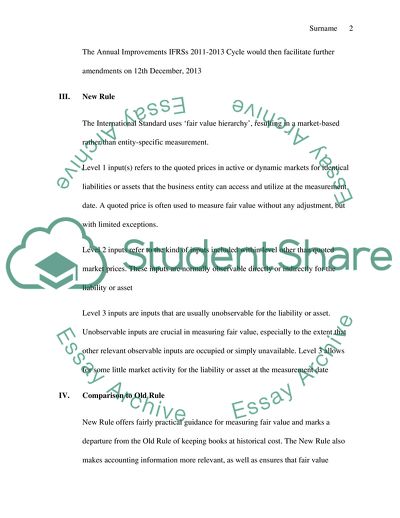Cite this document
(Fair Value Measurement Research Paper Example | Topics and Well Written Essays - 2000 words, n.d.)
Fair Value Measurement Research Paper Example | Topics and Well Written Essays - 2000 words. https://studentshare.org/finance-accounting/1859854-fair-value-measurement
Fair Value Measurement Research Paper Example | Topics and Well Written Essays - 2000 words. https://studentshare.org/finance-accounting/1859854-fair-value-measurement
(Fair Value Measurement Research Paper Example | Topics and Well Written Essays - 2000 Words)
Fair Value Measurement Research Paper Example | Topics and Well Written Essays - 2000 Words. https://studentshare.org/finance-accounting/1859854-fair-value-measurement.
Fair Value Measurement Research Paper Example | Topics and Well Written Essays - 2000 Words. https://studentshare.org/finance-accounting/1859854-fair-value-measurement.
“Fair Value Measurement Research Paper Example | Topics and Well Written Essays - 2000 Words”. https://studentshare.org/finance-accounting/1859854-fair-value-measurement.


